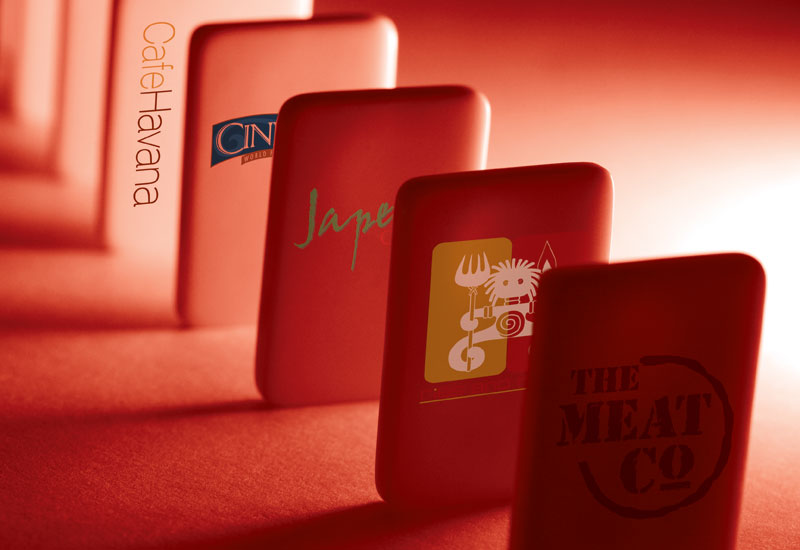Antonio Bautista: They are warming up little by little, I think. But also a very important factor is that we do not have a systemised group of tenants like we do in other markets, where you sit down together and all discuss issues with the landlord.
De Villiers: It does depend on what units you’re going for though; from a Meat Company perspective, it’s a brand we want in certain key locations. Ribs & Rumps is a new brand in the region and we’re taking things slowly for the moment, although we’re getting lots of enquiries, from Saudi Arabia, Jordan, Lebanon and Kuwait.
We’re partly waiting on Dubai Mall, to see what happens with that outlet. It’s been a bit of a slow growth period in the mall itself; the footfall is definitely not what it should be.
Dowlatshahi: As far as Dubai Mall is concerned we have seen a trend where footfall is increasing. And I think once the cinema opens, and Sega Republic, it will be good.
Ghandour: I think you have to take a mall’s development on a case-by-case basis. We’ve got the MAF Group (Majid Al Futtaim Group) that has Deira City Centre and Mall of the Emirates. They will not negotiate on rents, because they know they have a waiting list and demand’s very high. Other smaller malls, not prime developers, might well negotiate — but still rents are going up in major malls.
I think we need to have a strategy or these malls will not budge. They will take each lease and increase it by 15% per year, because they feel they can do that and get away with it. I think as time goes on we need to have a tenants’ group so we can discuss this issue with one voice.

Advertisement
De Villiers: Our approach is to wait until the end of the year and just see how it goes. We’re not too worried — we had a similar problem last year when we were the first tenant to move into Souk Al Bahar about 15 months ago, but now that’s come together and The Meat Co has started to turn the corner. It’s a waiting game.
Ghandour: But I think the landlords have to recognise that it’s a partnership — it’s not about making money for one year and then forgetting about us. We are here for the long term, unless they want us to exit, which of course they don’t.
De Villiers: I think most of us have a five-year option on our leases; but if you look further afield, for example the UK market, Australia or Asia, it’s a 15-year lease, so you’ve got time in which to recoup and structure your investment. Here, you’ve got to do that over a third of the time and with the current rates they’re charging, it’s not a business model that works.
Given the current economic climate, must operators also be willing to compromise in some way?
Dowlatshahi: We’re definitely looking at smaller outlet footprints — for example, Japengo is typically 5000-6000ft²; we’re now looking at 4000ft² and below because it helps reduce the rent.
And for Café Havana we’re doing a much smaller footprint of about 1000ft² as opposed to 3000ft², because really you don’t need that large capacity anymore. It’s about turning the tables rather than having huge numbers of covers.
De Villiers: Speaking from a Meat Company perspective, we target iconic locations, such as Madinat Jumeirah and Souk Al Bahar.
The same is true in Abu Dhabi and those locations are part of a long-term plan, so we’re not dealing with the smaller developers at the moment, we’ve really only been dealing with the big names.
But I agree the answer is to get clever with the space you’re using and really make the most of it.
Dowlatshahi: Today it’s all about being cost-efficient and it’s amazing what you can do when you get down to the numbers and look in detail at where you can cut costs by being more efficient, not just going in and slashing spending.









 Search our database of more than 2,700 industry companies
Search our database of more than 2,700 industry companies









